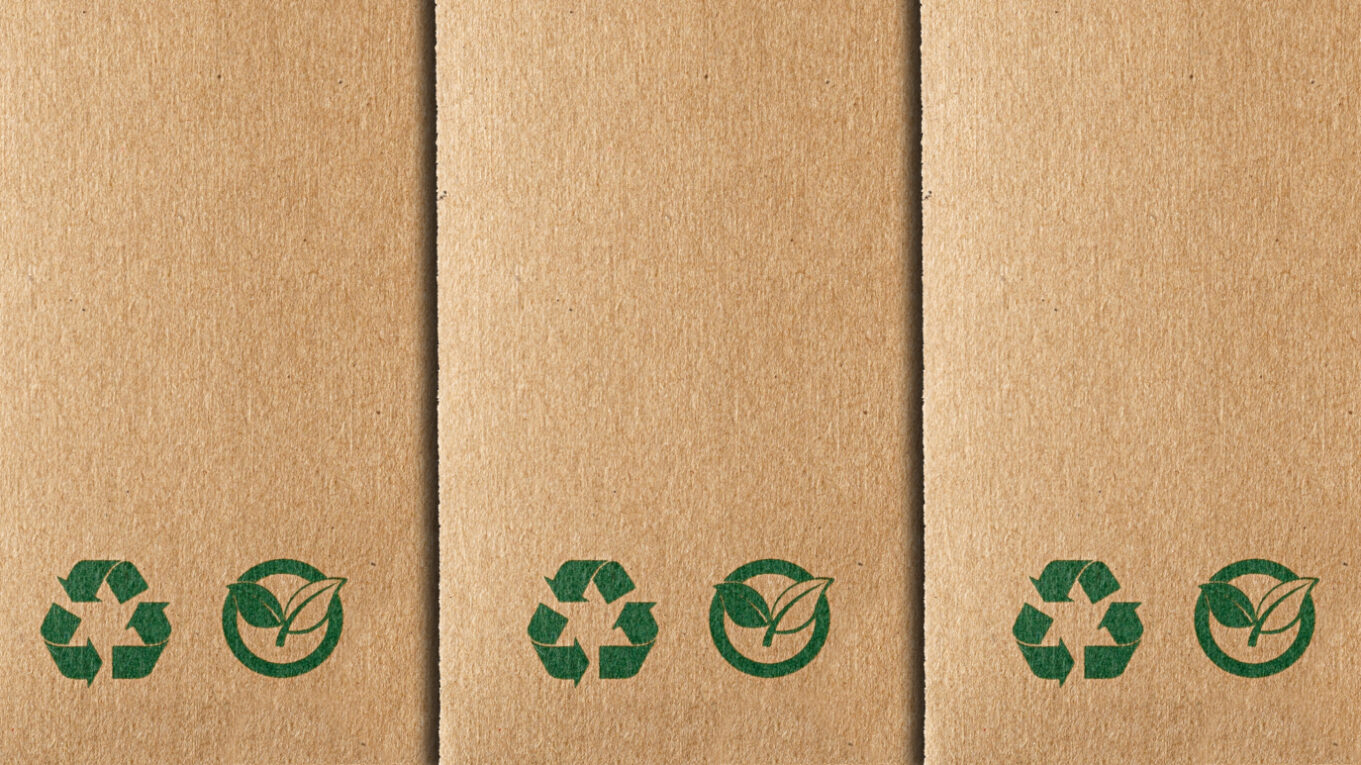Emerging Sustainable Materials
As consumer demand for sustainably sourced and eco-friendly products increases, packaging manufacturers are investing heavily in research and development of new sustainable materials. One area garnering significant attention is bioplastics, which are plant-based plastics that can degrade more quickly than traditional plastics. Several major brands have started utilizing bioplastics like polyhydroxyalkanoate (PHA) and polylactic acid (PLA) for food packaging and other applications. PHA is derived from plant oils or sugars and breaks down completely in compost. PLA is made from cornstarch or sugarcane and breaks down more quickly than petroleum-based plastics. Both offer packaging designers renewable, naturally sourced alternatives to fossil fuel plastics.
Advances in recyclability
Another focus for packaging innovation is developing materials with improved recyclability. Many manufacturers have introduced Next Generation Packaging with simplified material composition, using a single type of plastic when possible, to streamline sorting and recycling processes. Some are designing packaging to be mechanically recycled or converting to mono-materials that avoid problematic multilayer structures. New adhesive technologies allow packaging components like labels to be cleanly separated as well for recycling. Recyclable fiber-based packaging is also growing more sophisticated, with moisture-resistant and recyclable paperboard emerging as an alternative to plastic for food and other uses. Advances in materials science aim to balance performance needs with maximizing recyclability.
Design innovations for a circular economy
A circular economy model seeks to eliminate waste by keeping resources in use for as long as possible. Packaging design innovation strongly supports this goal. Manufacturers are introducing packaging solutions with minimized material usage, optimized shapes to maximize shipping density, and part standardization enabling reusable transport and display structures. Modular, nesting, and multifunctional designs provide extra value while cutting excess material. New closure technologies like peelable seals and zippers replace non-recyclable foil and plastic overwraps. Advances in additive manufacturing enable on-demand production of spare parts and components, reducing excess stock. Clever design prolongs product life through repair and reuse opportunities. The circular packaging economy demands innovative solutions optimized for extended resource utility.
Intelligent and interactive packaging
The rise of e-commerce brings new requirements for intelligent, interactive, and digitally connected packaging solutions. Advances in material sciences are enabling packaging with unique abilities like time-temperature indicators, gas detection, weight monitoring, and wireless communication. For consumer packaged goods shipping, intelligent packaging tracks the journey, shares condition data, pinpoints location, and authenticates contents on demand. Food industries utilize sensor integrated packaging monitoring freshness, verifying “best by” dates and cold chain integrity. Pharmaceutical manufacturers rely on smart packaging confirming correct dosage and usage history. The Internet of Packaging enables informed consumers, supply chain transparency, loss prevention, authentic brand experiences and more through embedded intelligence and connectivity.
Lightweighting with new geometries
Next Generation Packaging weight lowers material usage and shipping fuel needs. Manufacturers experiment with new geometries and structures to accomplish weight savings. Collapsible, foldable, and twist activated designs require less material per unit while expanding for display. Honeycomb, accordion, and micro-channel shapes provide strength with minimal mass. Three-dimensional printed packaging constructs complex geometries from rapidly hardened liquid polymers. Die-cutting advances enable intricate, highly optimized cross-sectional profiles. New foaming techniques introduce air pockets into rigid plastics for significant density reduction. Packaging engineers leverage advanced modeling software to map stress points and identify under-utilized material areas for strategic lightweighting. Innovative geometries and construction techniques drive lighter packaging footprints.
Novel material application platforms
New material application and forming methods expand packaging design possibilities. Multi-ply laminations fuse different materials like paper, foil and plastics into tailored hybrid structures. Robotics enable complex automated assembly of components like adjustable fit inserts in oddly shaped spaces. Co-molding marries different polymers through simultaneous injection during molding. Overmolding bonds pre-formed rigid plastic carriers to flexible film lids, handles or liners. Thermoforming shapes one-piece packaging from lightweight heated plastic sheets. Rotational molding pours powdered polymer into a heated mold cavity where it evenly coats the interior for seamless hollow containers. Casting distributes liquefied polymers or composites into molds where they cure. Emerging technologies open doors to unprecedented material combinations and assemblies.
Sustainable future through innovation
As sustainability takes center stage, packaging innovation drives progress on multiple fronts. Emerging materials aim for renewable sourcing and improved recyclability. Clever designs optimize packaging footprints, maximize utility and enable circular models. Intelligent functions add new dimensions for brands and consumers. Novel manufacturing methods merge materials in beneficial combinations. Together, these innovations reformulate packaging for the long run – bringing sustainable solutions to meet evolving environmental and economic challenges. Continued research and creative problem solving will shape the next generation of eco-conscious packaging providing value for businesses and society.
*Note:
1. Source: Coherent Market Insights, Public sources, Desk research
2. We have leveraged AI tools to mine information and compile it
About Author – Ravina Pandya
Ravina Pandya,a content writer, has a strong foothold in the market research industry. She specializes in writing well-researched articles from different industries, including food and beverages, information and technology, healthcare, chemicals and materials, etc. With an MBA in E-commerce, she has expertise in SEO-optimized content that resonates with industry professionals. LinkedIn Profile


